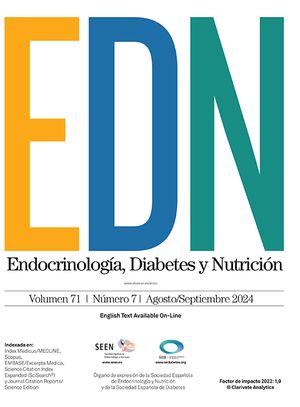Las técnicas de análisis hormonales han experimentado grandes avances en los últimos 30 años. El inmunoanálisis es el método más empleado en el laboratorio de endocrinología asistencial y es en el que nos vamos a centrar.
El radioinmunoanálisis competitivo clásico que utilizaba anticuerpos policlonales fue sustituido en la década de los ochenta, siempre que la naturaleza del antígeno lo permitiera, por inmunoanálisis no competitivos con anticuerpos monoclonales. Estos métodos se caracterizan por una sensibilidad y una especificidad elevadas.
Posteriormente, en la década de los noventa, los marcadores radiactivos fueron reemplazados por marcadores no isotópicos que hicieron possible la automatización del inmunoanálisis.
Se revisan las ventajas y las limitaciones de los métodos más empleados en el presente. Las principales mejoras se reflejan en la precisión, la fiabilidad y el menor tiempo de respuesta. Entre las limitaciones cabe destacar el efecto matriz y, dentro de éste, los autoanticuerpos y los anticuerpos heterofílicos. Ambos pueden dar lugar a resultados falsamente elevados y, en algún caso, disminuidos.
En conclusión, el conocimiento por parte de bioquímicos y endocrinólogos de las características y las limitaciones de los métodos utilizados es fundamental para interpretar resultados discordantes.
In the last 30 years great advances have been made in the techniques used for hormone analysis. The main method used in hormone assay is immunoassay.
The classical competitive radioimmunoassay used polyclonal antibodies; in the 1980s, this was replaced by noncompetitive assays, using monoclonal antibodies. These methods have high sensitivity and specificity.
In the 1990s radioactive markers were replaced by nonisotopic labels, which opened the way for complete automation of immunoassays.
We review the advantages and limitations of the methods that are most frequently used today. The main advantages are improved accuracy, reliability, and accelerated turnaround times for tests. The limitations include the matrix effect. Autoantibodies and heterophilic antibodies play a role in this effect and lead to falsely high and, sometimes, falsely low results.
In conclusion biochemists and endocrinologists should be aware of the problems of each of the methods used in order to be able to interpret discordant results.




